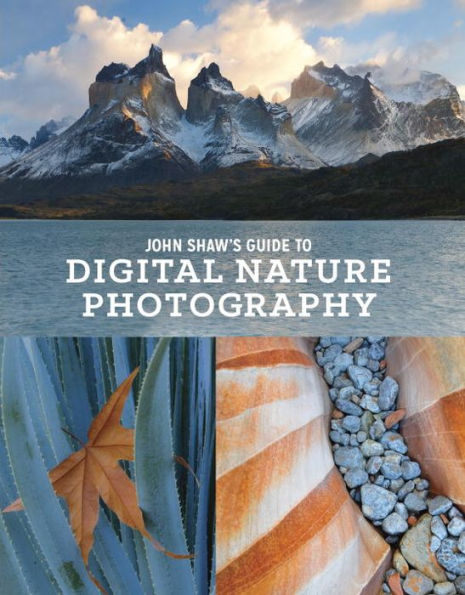Read an Excerpt
What Is There to Photograph?
Each year, I travel the globe to take pictures, often leading photo tours or workshops. The people in these groups are specifically interested in photographing the natural world, yet it’s on these trips that I inevitably hear the question “What is there to photograph?”
Truly this is the wrong question to ask; it leads photographers to take pictures that are empty of emotional content. Without passionate involvement, our pictures are nothing more than records. The question we should be asking is “What is there to discover?” Only after we have let our minds and eyes deal intimately with the abundance of natural marvels around us should we attempt to photograph them.
Photography should be both a process of discovery and a procedure for recording that discovery. In the process of photography, we order the chaos around us by making decisions. We decide to emphasize one aspect of the world—what we have discovered—and ignore all others. We want to represent that subject in a way that conveys how it has emotionally involved us. To do this, we must make conscious decisions about what to include within the photographic frame and how to organize the content. At this point, the procedure of photography enters. Now we must make technical choices involving the mechanics of photography: lenses, light, and exposure.
The photographic process should be deliberate and studied. Structuring our visual environment is the role of composition, but that structure doesn’t just appear from nowhere. Nor is the procedure of choosing lenses and setting exposure values automatic. We must become adept in dealing with both the aesthetics and the mechanics of photography; otherwise, our results will be failures.
Photography’s dual nature has always fascinated me. In a good photograph, both aspects work in tandem, neither overwhelming the other. Form and content go hand in hand to produce a synthesis, an interesting work that engages both the viewer’s mind and emotions. To achieve this synthesis, you, the photographer, must play two simultaneous roles as well. On one hand, you must be a poet and an artist, opening yourself to the intuitive and mystical world of your inner vision. On the other hand, you must be a technician, rationally dealing with shutter speeds, f-stops, and focal lengths. Vision without craftsmanship is as much a failure as craftsmanship without vision. We’ve all seen photos that are intensely personal and emotional yet lack any technical competence. We dismiss these as lacking organization and think the creator cannot control the medium. We’ve all also seen photos that are technically superb but have no soul. These are aesthetically insipid, dull, and uninspiring works.
Most people have more difficulty with the technical aspect. We all see images in our mind’s eye . . . but how to record these? We take an interesting trip, but the resulting pictures seem to have little relationship with our experiences. Why? I’m convinced that the main factor is that most of us are only occasional photographers; consequently, we’re always starting over in the learning process. A solution many people adopt is to buy a fancy camera and then set it in autofocus/autoexposure/auto-everything mode so that they don’t have to think about what the camera is doing. However, this means that they have abdicated their photographic responsibilities; they have become camera carriers, not photographers. They are allowing a machine to make decisions for them, without learning how to control the machine.
I’m always amazed by people who say that cameras are too complex for them to learn to operate. I’ve seen people who otherwise are extremely competent become helpless when dealing with f-stop numbers or using a tripod. Yet these same people are doctors, lawyers, teachers, and computer programmers—people who make complex decisions every day. A camera is only a machine and no more a technical mystery than any other machine. If you can drive a car, ride a bicycle, or use a cell phone, you can operate a camera (and not just the one in your smartphone!).
Mastering the technical nature of photography frees you to concentrate on the aesthetic side; that’s why I emphasize technique so much. If you’re fumbling around with lenses and tripods, your inner vision will soon evaporate. You want to reach the point where technical mastery is second nature, where you can concentrate on the image instead of having to focus on the procedure. Control of both sides of photography, the technical and the aesthetic, is needed so that you can produce the best images possible.



